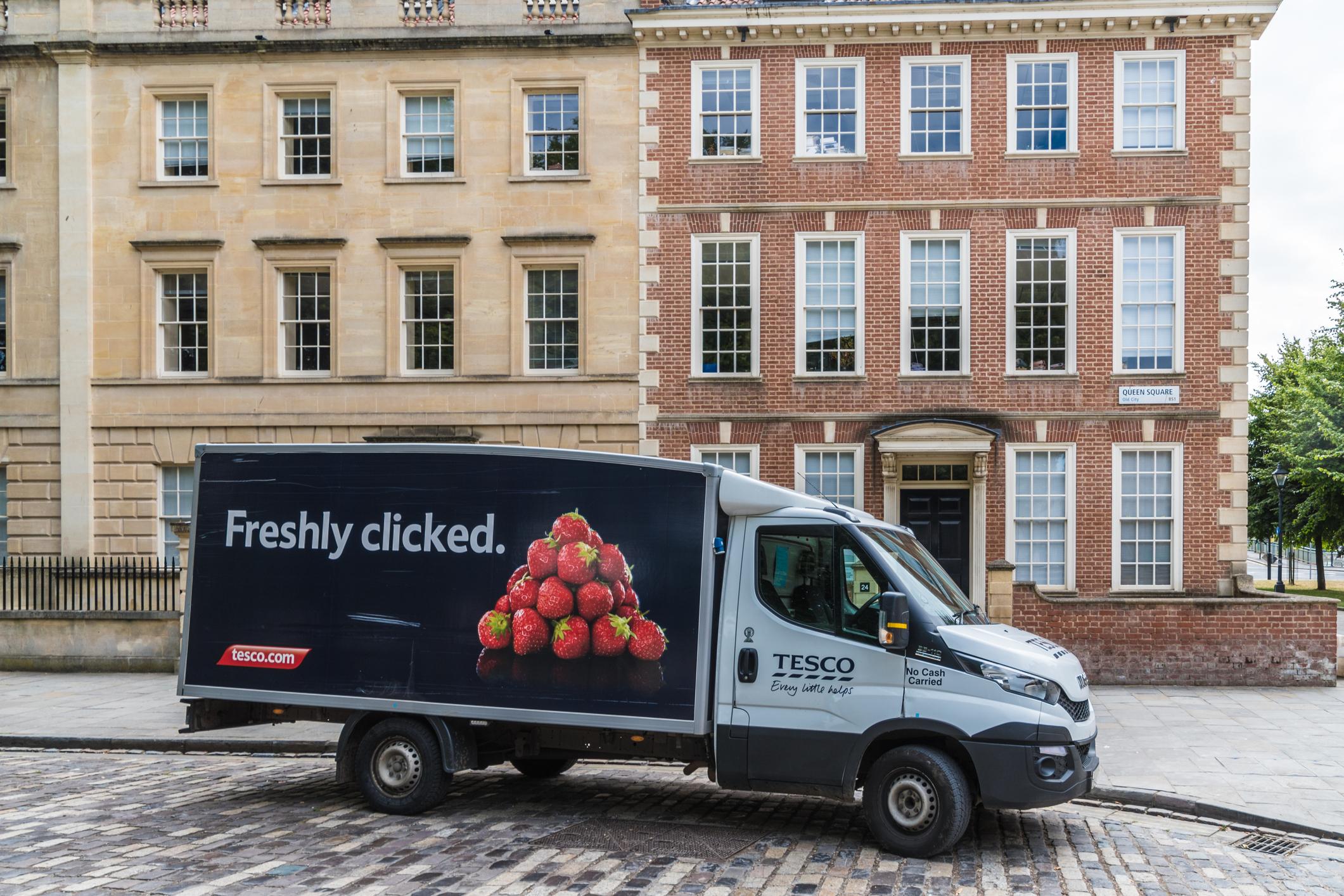Tesco ‘doomsday’ exercise helped supermarket ‘weather virus crisis’
Teams at Tesco have been using Zoom to communicate with one another for around two years, says CEO Dave Lewis

A “doomsday” management exercise helped Tesco weather the pandemic crisis, the supermarket's CEO has said.
In 2016, bosses at the UK’s largest supermarket chain simulated a scenario in which its head office in Welwyn Garden City – about 25 miles north of London – would have to shut down completely.
As part of the exercise executives at the firm, which has almost 4,000 sites across the UK, created a blueprint for how staff could work from home in the event of a crisis.
The plan, says Tesco CEO Dave Lewis, has helped the chain navigate the challenges brought about by the pandemic.
“At the time people said it was a bit ridiculous and extreme,” the 55-year-old told The Guardian.
Lewis says that following the exercise, teams working at Tesco have been using Zoom calls to hold large-scale meetings for around two years.
The supermarket giant already had technology in place for remote working which it was able to roll out at the beginning of lockdown in March, Lewis adds.
As a result, fewer than 30 people have been going to work at Tesco’s sprawling campus, which is usually houses 6,500 workers.
Tesco first began planning for the pandemic in January, says Lewis. Its first concern was to ensure that its non-food ranges were not affected by the impact of the outbreak in China, the epicentre of the virus.
By the end of January, when there were only two confirmed cases of the virus in the UK, Tesco had a crisis response group in place which held daily meetings.
The UK government did not announce a nationwide lockdown until well over a month later. Lewis had signed off Tesco’s plan to keep supermarket shelves stocked by mid-February.
Lewis, who will be replaced by Ken Murphy in October after six years of service, says the crisis has “changed fundamentally” how the business operates.
There are fewer people going to Tesco’s stores but sales remain strong, says Lewis.
Tesco has seen a huge spike in the number of people shopping online and has doubled capacity for delivery and click and collect, especially those in vulnerable categories.
Lewis says the chain has reached its target of offering 1.2 million slots a week and plans to offer 1.5 million in the future.
About 90 per cent of Tesco’s home deliveries are picked by hand in stores and it has hired 12,000 new pickers and 4,000 more drivers to meet.
Experts predict the pandemic could cause disruption in stores until at least the end of the year and Lewis says he doesn’t know if shoppers will return in the same numbers.
“Even if capacity triples across the whole industry, which is something very difficult to do in a short time, there will still be 80 per cent of the market that needs to visit a store,” he adds.
“That’s why we need to make shopping environments as safe as possible.”
Subscribe to Independent Premium to bookmark this article
Want to bookmark your favourite articles and stories to read or reference later? Start your Independent Premium subscription today.

Join our commenting forum
Join thought-provoking conversations, follow other Independent readers and see their replies